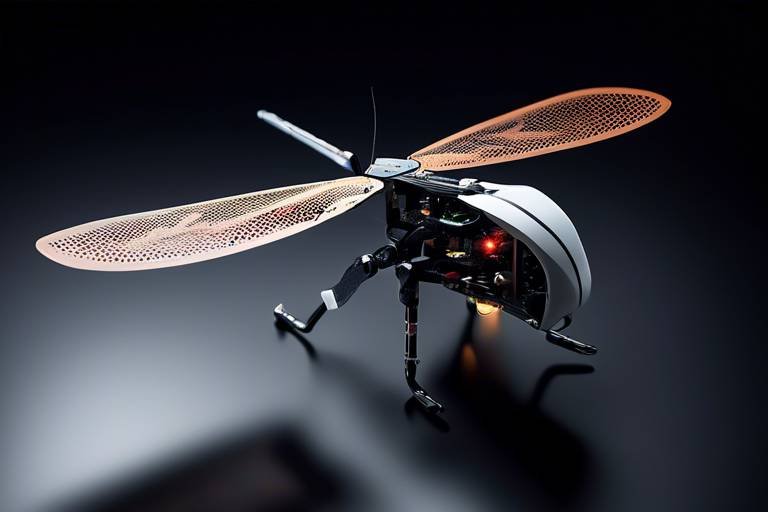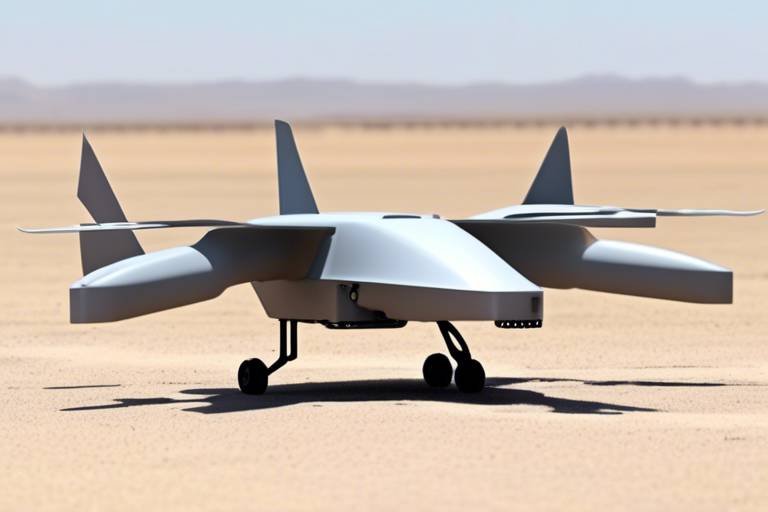How the Robotic Dragonfly is Shaping Future UAV Technologies
The world of Unmanned Aerial Vehicles (UAVs) is undergoing a remarkable transformation, and at the heart of this evolution lies an extraordinary innovation: the robotic dragonfly. These fascinating machines are not just mere replicas of their biological counterparts; they are a testament to the incredible advancements in engineering and technology. By mimicking the intricate flight mechanics of real dragonflies, these robotic marvels are paving the way for a new era in aerial technology, enhancing capabilities and expanding the potential applications of UAVs.
Imagine a tiny drone that can hover in place, dart sideways, and even perform acrobatic maneuvers with the grace of a dragonfly flitting over a pond. This is not just a dream; it's becoming a reality thanks to the innovative designs and functionalities of robotic dragonflies. As we explore their impact on UAV technologies, we uncover how these creations are influencing the future of flight, setting new standards, and inspiring the next generation of aerial vehicles.
Robotic dragonflies are designed to replicate the remarkable flight abilities of their natural counterparts, showcasing an intricate blend of biology and technology. Their unique structure allows for an unparalleled degree of maneuverability, stability, and adaptability in various environments. Engineers and researchers have turned to nature for inspiration, studying the agile flight patterns of dragonflies to develop UAVs that can navigate complex terrains and perform tasks that traditional drones struggle with.
These robotic entities are not just fascinating to observe; they are also equipped with cutting-edge technology that enhances their functionality. With advanced sensors and control systems, robotic dragonflies can gather data, monitor environmental conditions, and even assist in search and rescue operations. Their potential applications span across various fields, from agriculture and surveillance to disaster response and environmental monitoring, making them invaluable tools in modern technology.
The flight mechanics of robotic dragonflies are a marvel of engineering, rooted in the principles of aerodynamics and biomimicry. Their wing structure, which mimics the flexible and independent movement of real dragonfly wings, allows for superior maneuverability. This design enables them to perform complex aerial maneuvers, such as rapid ascents, descents, and sharp turns, all while maintaining stability in the air.
One of the most striking features of these robotic creatures is their ability to hover effortlessly in place. This capability is achieved through the combination of their unique wing structure and advanced control algorithms. By adjusting the angle and speed of their wings, robotic dragonflies can create lift and thrust in a way that traditional fixed-wing drones cannot. This makes them ideal for tasks that require precision, such as surveying and monitoring sensitive ecological areas.
Biomimicry is a driving force behind the development of robotic dragonflies, as it allows engineers to draw inspiration from nature to solve complex engineering problems. By studying the flight patterns and behaviors of real dragonflies, researchers can create UAVs that are not only more efficient but also more adaptable to various environments. This approach is revolutionizing aerial technology and opening up new avenues for exploration and innovation.
The advantages of biomimetic designs in UAVs are numerous. These include:
- Enhanced Agility: Robotic dragonflies can maneuver through tight spaces and navigate challenging terrains with ease.
- Energy Efficiency: Their design allows for reduced energy consumption, enabling longer flight times.
- Improved Navigation: With advanced sensors and algorithms, these UAVs can adapt to changing conditions and avoid obstacles effectively.
These features enable robotic dragonflies to perform complex tasks that were previously thought to be impossible for UAVs, setting a new standard in aerial robotics.
Despite the numerous benefits, there are still challenges in biomimetic engineering. Achieving the delicate balance between functionality and durability requires ongoing research and innovation in materials and design strategies. Engineers must continuously refine their approaches to ensure that these robotic creatures can withstand various environmental conditions while maintaining their advanced capabilities.
Robotic dragonflies have a wide range of applications that make them valuable assets across multiple sectors. From environmental monitoring to search and rescue operations, their versatility is unmatched. In agriculture, they can be used for crop surveillance and pest control, providing farmers with real-time data to optimize their yields. In surveillance, they can infiltrate areas that are difficult for traditional drones to access, offering enhanced security solutions.
As we look towards the future, the landscape of UAV technology is rapidly evolving, with robotic dragonflies leading the charge. Emerging trends such as enhanced autonomy, swarm technology, and integration with artificial intelligence are set to redefine the capabilities of UAVs. These advancements promise to expand the potential applications of robotic dragonflies, making them even more indispensable in various fields.
Integrating AI and machine learning into robotic dragonflies enhances their capabilities significantly. This advancement allows for improved decision-making, obstacle avoidance, and real-time data processing. Imagine a robotic dragonfly that can analyze its surroundings and make split-second decisions to navigate through complex environments—this is the future of UAV applications.
Swarm robotics, inspired by natural behaviors, presents exciting possibilities for robotic dragonflies. Coordinated group movements can lead to more efficient missions, enabling complex tasks to be performed collaboratively by multiple UAVs. This technology could revolutionize search and rescue operations, environmental monitoring, and even military applications, showcasing the immense potential of robotic dragonflies in the future of UAV technology.
- What are robotic dragonflies?
Robotic dragonflies are unmanned aerial vehicles designed to mimic the flight mechanics of real dragonflies, offering enhanced maneuverability and functionality. - What are the applications of robotic dragonflies?
They can be used in various fields, including agriculture, surveillance, environmental monitoring, and search and rescue operations. - How does biomimicry influence UAV design?
Biomimicry allows engineers to study natural flight patterns to create more efficient and adaptable UAVs, improving their performance and capabilities. - What are the future trends in UAV technology?
Future trends include enhanced autonomy, swarm technology, and integration with artificial intelligence, expanding the potential applications of UAVs.
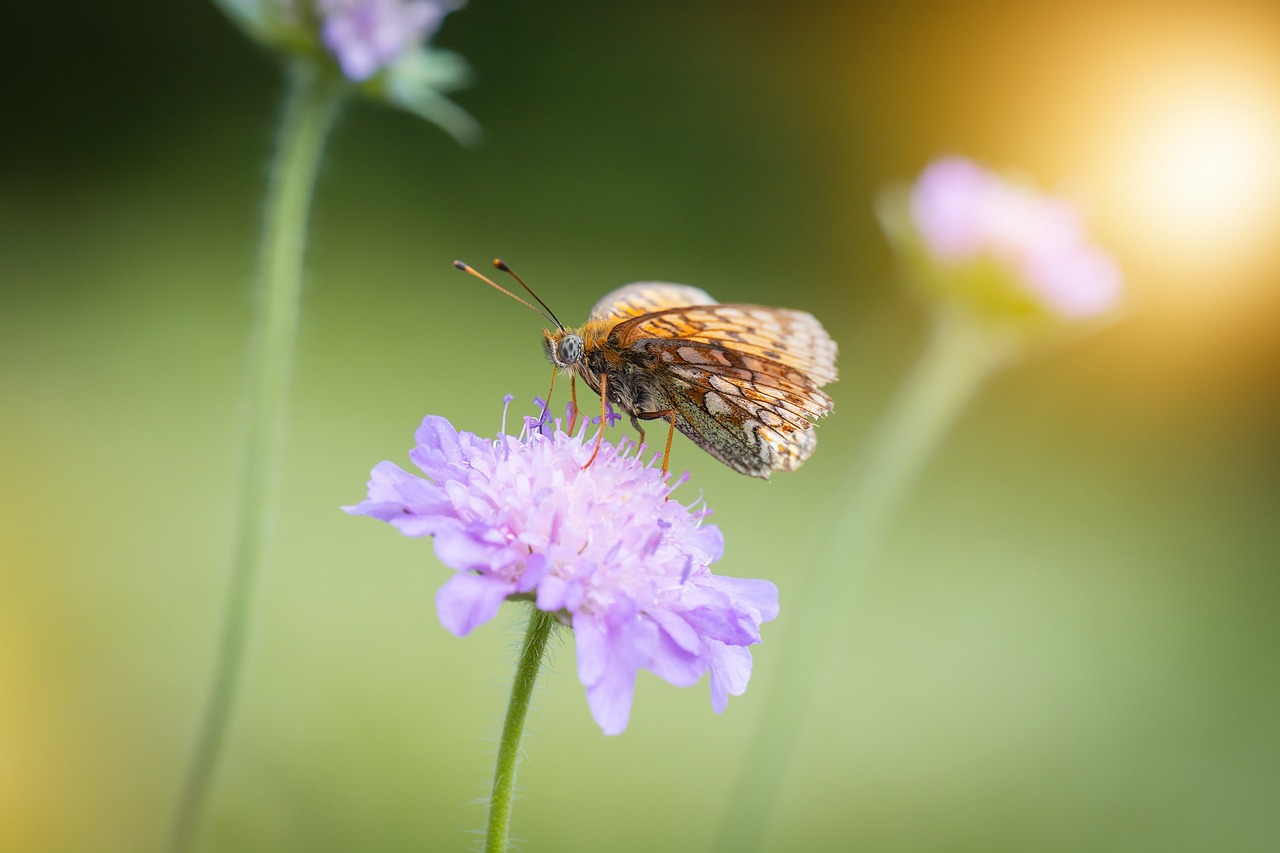
Introduction to Robotic Dragonflies
The world of robotic dragonflies is not just a fascinating blend of engineering and nature; it's a glimpse into the future of Unmanned Aerial Vehicles (UAVs). These innovative machines are designed to mimic the flight mechanics of real dragonflies, showcasing a level of sophistication that is truly remarkable. Imagine a tiny aircraft that can hover, dart, and maneuver with the same agility as its biological counterpart. This is the essence of robotic dragonflies, and they are quickly becoming a focal point in the evolution of aerial technology.
What makes these robotic marvels so special? Well, it all starts with their unique design, which incorporates advanced aerodynamics and a complex wing structure. By studying the flight patterns of real dragonflies, engineers have unlocked new possibilities for enhancing UAV capabilities. The result? A new breed of drones that can operate in diverse environments, from urban landscapes to remote wilderness areas.
Robotic dragonflies are not just about aesthetics; they offer practical applications that can change the way we think about aerial operations. For instance, their ability to navigate tight spaces and hover in place makes them ideal for tasks such as environmental monitoring, where precision is crucial. Moreover, their lightweight design and energy-efficient flight mechanics mean they can stay airborne longer than traditional UAVs, making them a game-changer in various sectors.
In the realm of biomimicry, these robotic insects serve as a prime example of how studying nature can lead to groundbreaking technological advancements. By emulating the natural world, engineers can create machines that are not only more efficient but also more adaptable to changing conditions. This approach is revolutionizing the way we develop UAV technologies, pushing the boundaries of what is possible.
As we delve deeper into the functionalities and implications of robotic dragonflies, it's essential to recognize the potential they hold for the future. Their design and capabilities could pave the way for a new era of aerial robotics, where drones are not just tools but intelligent systems capable of performing complex tasks autonomously. With ongoing research and development, the sky truly is the limit for these incredible machines.
- What are robotic dragonflies? - Robotic dragonflies are UAVs designed to mimic the flight mechanics of real dragonflies, showcasing advanced engineering and unique flight capabilities.
- What are the applications of robotic dragonflies? - They can be used in environmental monitoring, search and rescue operations, agriculture, surveillance, and disaster response.
- How do robotic dragonflies enhance UAV technology? - By utilizing biomimicry, they offer improved agility, energy efficiency, and navigation, setting new standards in aerial robotics.

Flight Mechanics and Design
The flight mechanics of robotic dragonflies are nothing short of a marvel. These incredible machines are designed to mimic the intricate flight patterns of their biological counterparts, showcasing an engineering feat that combines nature's wisdom with cutting-edge technology. Imagine a creature capable of hovering, darting, and gliding effortlessly through the air—this is the essence of what robotic dragonflies aim to replicate. Their unique wing structure and aerodynamics not only enhance maneuverability but also provide remarkable stability across various environmental conditions.
At the heart of their design are the wings, which are typically constructed from lightweight materials that offer both flexibility and strength. The wings can operate independently, allowing for complex flight maneuvers. This independence enables the robotic dragonfly to perform actions like rapid ascents, sharp turns, and even backward flight—abilities that most traditional UAVs struggle to achieve. The concept of flapping flight, as opposed to fixed-wing flight, allows these robotic marvels to maintain stability and control in turbulent air, making them ideal for close-range reconnaissance and detailed environmental assessments.
In terms of aerodynamics, the robotic dragonfly employs a unique wingbeat frequency that is finely tuned to maximize lift and minimize drag. This is achieved through a combination of factors, including the angle of attack and the timing of wing flaps. By studying the natural flight patterns of real dragonflies, engineers have developed algorithms that optimize these parameters, resulting in a machine that can efficiently navigate through complex terrains. For instance, during a flight, the robotic dragonfly can make instantaneous adjustments based on real-time feedback from its sensors, ensuring a smooth and controlled flight path.
One of the standout features of robotic dragonflies is their ability to adapt their flight mechanics based on the environment. Whether soaring through an open field or maneuvering in densely wooded areas, these UAVs can switch between different flight modes. This adaptability is crucial for applications such as environmental monitoring and search and rescue operations, where the ability to navigate challenging landscapes can mean the difference between success and failure.
| Feature | Description |
|---|---|
| Independent Wing Control | Allows for complex maneuvers like hovering and rapid turns. |
| Lightweight Materials | Enhances agility and reduces energy consumption. |
| Real-time Feedback | Enables instantaneous adjustments for optimal flight performance. |
| Adaptive Flight Modes | Facilitates navigation in various environments, from open fields to dense forests. |
In conclusion, the flight mechanics and design of robotic dragonflies represent a significant leap forward in UAV technology. By leveraging the principles of nature through biomimicry, these machines are not only redefining aerial capabilities but are also paving the way for innovative applications across numerous fields. As we continue to explore and refine these designs, the potential for robotic dragonflies to revolutionize how we think about and utilize UAVs is truly exciting.
- What are robotic dragonflies used for? Robotic dragonflies have a wide range of applications, including environmental monitoring, search and rescue operations, and agricultural assessments.
- How do robotic dragonflies achieve stability in flight? Their unique wing design and independent wing control allow them to maintain stability and maneuverability, even in challenging conditions.
- What materials are used in their construction? Robotic dragonflies are typically made from lightweight materials that provide flexibility and strength, optimizing their flight performance.
- Can robotic dragonflies operate autonomously? Yes, many robotic dragonflies are equipped with AI and machine learning capabilities, enabling them to make real-time decisions during flight.
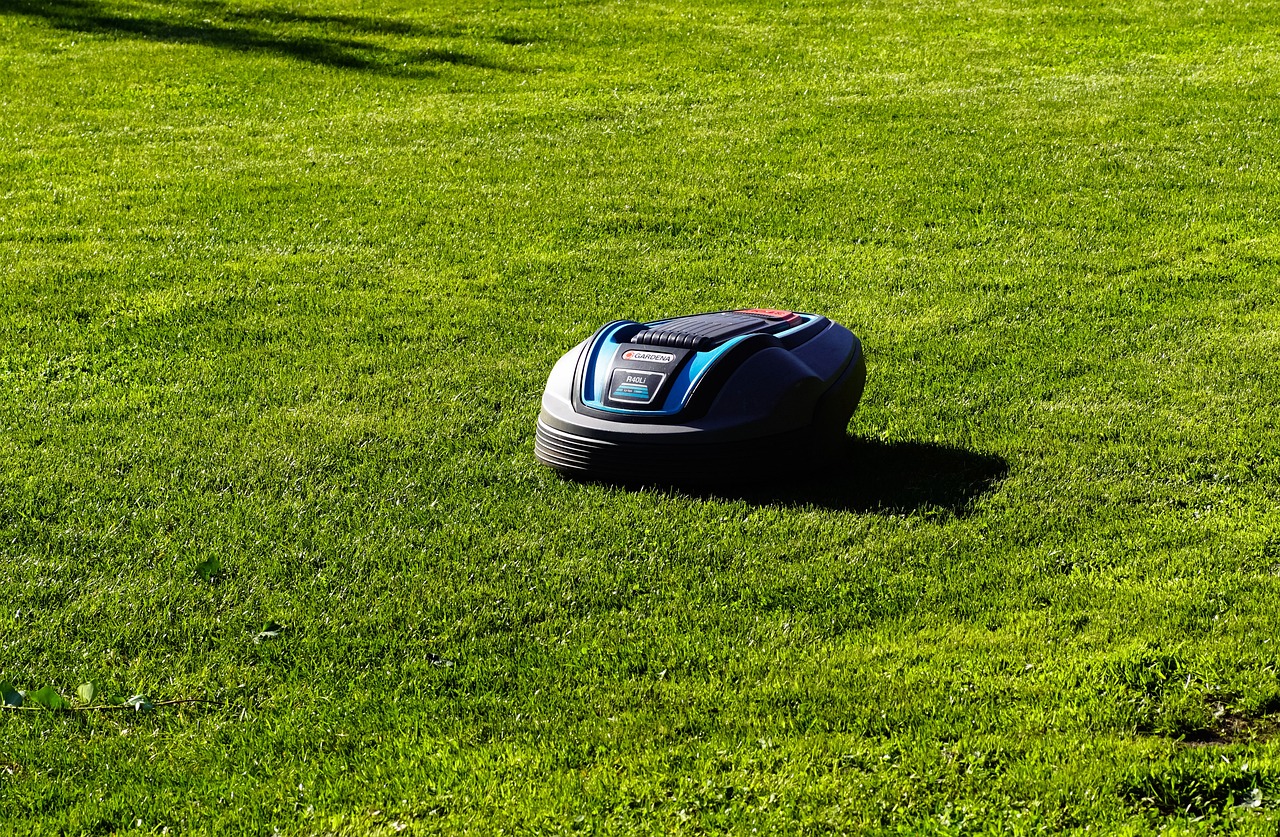
Biomimicry in UAV Development
The concept of biomimicry in the development of UAVs, particularly robotic dragonflies, is nothing short of revolutionary. By observing and emulating the remarkable flight patterns of dragonflies, engineers and designers are pushing the boundaries of what aerial vehicles can achieve. Imagine a world where machines can navigate through tight spaces, hover effortlessly, and perform agile maneuvers just like their natural counterparts. This is not just a dream; it's becoming a reality thanks to the principles of biomimicry.
At its core, biomimicry involves studying nature's designs and strategies to solve human challenges. In the case of robotic dragonflies, engineers analyze the intricate mechanics of dragonfly wings, their unique flapping patterns, and how they adapt to various environmental conditions. This deep understanding allows for the creation of UAVs that are not only efficient but also highly adaptable to their surroundings. For instance, dragonflies can change their wing angles mid-flight, allowing them to execute complex aerial maneuvers. By mimicking this capability, robotic dragonflies can enhance their agility and responsiveness in real-time scenarios.
Furthermore, the application of biomimicry extends beyond just flight mechanics. It encompasses various aspects of UAV design, including:
- Aerodynamic Efficiency: The streamlined body of a dragonfly minimizes drag, enabling robotic versions to achieve greater speeds with less energy consumption.
- Stability and Control: The unique wing structure provides exceptional stability, allowing for smooth flight even in turbulent conditions.
- Energy Harvesting: Inspired by how dragonflies manage their energy while flying, engineers are developing UAVs that can optimize power usage, extending flight times significantly.
This innovative approach not only enhances the performance of UAVs but also opens up new opportunities for their application in various fields. For example, in environmental monitoring, robotic dragonflies can navigate through dense foliage to collect data without disturbing the ecosystem. In search and rescue operations, their ability to maneuver through challenging terrains can be a game-changer, allowing for rapid response in critical situations.
However, the journey of integrating biomimicry into UAV development is not without its challenges. Engineers must continuously refine their designs to ensure that these flying machines can withstand the rigors of real-world applications while maintaining the delicate balance of functionality and durability. This ongoing research is essential for unlocking the full potential of robotic dragonflies and ensuring they can meet the evolving demands of various industries.
As we look to the future, the role of biomimicry in UAV development will only grow. With advancements in materials science and engineering techniques, we can expect even more sophisticated designs that further mimic the incredible capabilities of nature. The robotic dragonfly is just the beginning, and as we continue to learn from nature, the sky truly is the limit.
- What is biomimicry?
Biomimicry is the practice of learning from and emulating the strategies found in nature to solve human challenges. - How do robotic dragonflies mimic real dragonflies?
They replicate the flight mechanics, wing structures, and agility of real dragonflies, allowing for enhanced maneuverability and stability. - What are the applications of robotic dragonflies?
Robotic dragonflies can be used in environmental monitoring, search and rescue operations, agriculture, and surveillance, among other fields. - What challenges do engineers face in biomimetic design?
Engineers must balance functionality and durability while ensuring that the designs can withstand real-world conditions.
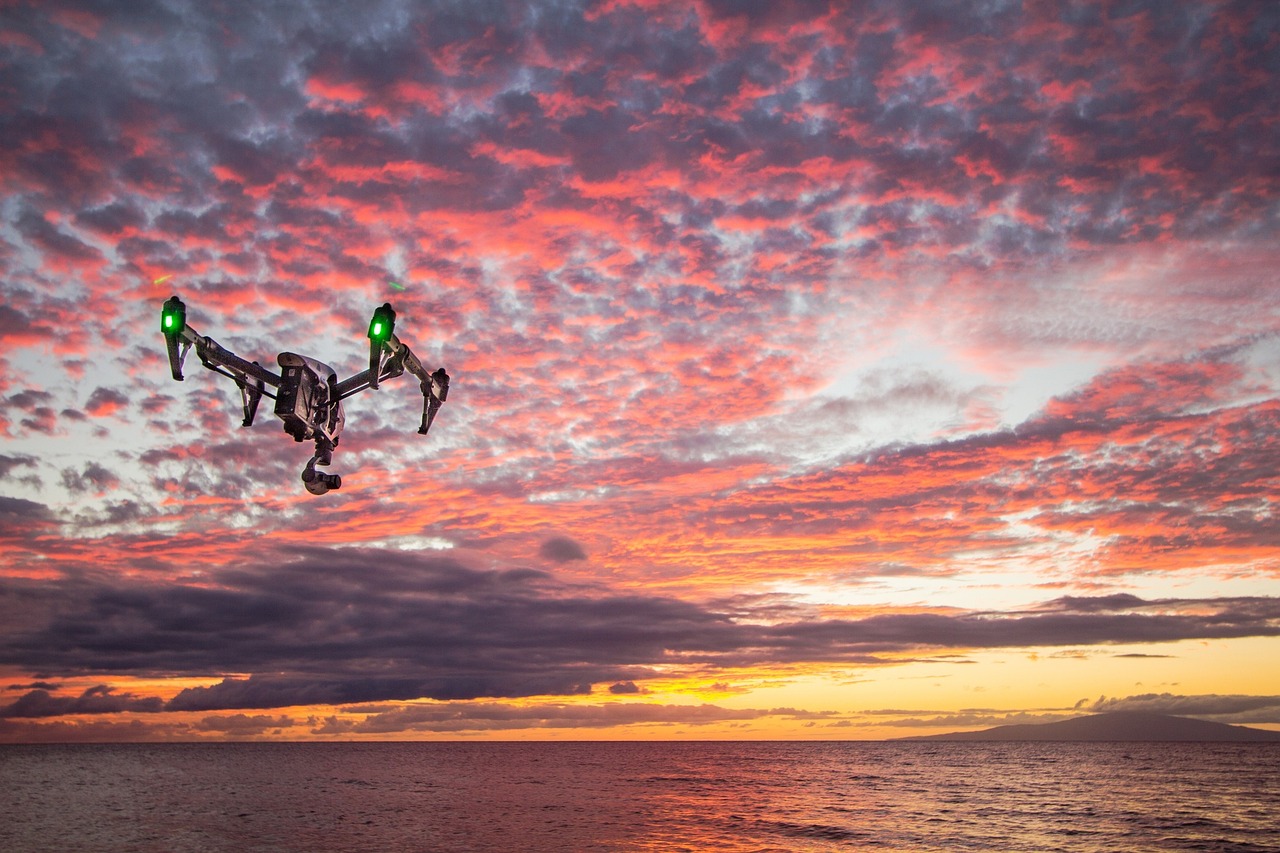
Advantages of Biomimetic Designs
The advantages of biomimetic designs in robotic dragonflies are nothing short of revolutionary. By taking cues from nature, these designs not only enhance the performance of UAVs but also open up a myriad of possibilities that traditional designs simply cannot match. One of the most significant benefits is agility. Robotic dragonflies can maneuver with incredible precision, allowing them to navigate through tight spaces and complex environments with ease. This is particularly useful in search and rescue missions, where every second counts and the ability to adapt quickly can mean the difference between success and failure.
Another key advantage is energy efficiency. Nature has optimized the flight of dragonflies over millions of years, and by mimicking these natural flight patterns, engineers have developed UAVs that consume less power while achieving greater distances. This not only extends flight times but also reduces the need for frequent recharging, making them more viable for long-term operations. Imagine a robotic dragonfly gliding silently over a forest, gathering data on environmental conditions without disturbing the ecosystem—this is the future of UAV technology!
Moreover, the improved navigation capabilities of biomimetic designs cannot be overlooked. With advanced sensors and algorithms inspired by the way dragonflies perceive their surroundings, these UAVs can make real-time decisions to avoid obstacles and optimize their flight paths. This level of sophistication allows them to operate in challenging conditions, such as dense urban areas or disaster-stricken environments, where traditional UAVs might struggle.
To summarize, here are some of the key advantages of biomimetic designs in robotic dragonflies:
- Agility: Enhanced maneuverability for complex tasks.
- Energy Efficiency: Longer flight times and reduced power consumption.
- Improved Navigation: Real-time decision-making capabilities.
These advantages not only set a new standard for aerial robotics but also pave the way for innovative applications across various sectors. From environmental monitoring to agricultural assessments, the potential uses of robotic dragonflies are vast and varied. As we continue to explore the intersection of biology and technology, the future looks bright for UAVs designed with nature in mind.
Q: How do robotic dragonflies differ from traditional UAVs?
A: Robotic dragonflies are designed to mimic the flight mechanics of real dragonflies, offering superior agility, energy efficiency, and navigation capabilities compared to traditional UAVs.
Q: What are some specific applications for robotic dragonflies?
A: They can be used in various fields, including environmental monitoring, search and rescue operations, agriculture, and surveillance.
Q: How does biomimicry improve UAV performance?
A: By studying and replicating the natural flight patterns of dragonflies, engineers can create UAVs that are more adaptable, efficient, and capable of performing complex tasks in challenging environments.
Q: What challenges do engineers face in biomimetic design?
A: Achieving a balance between functionality and durability is a significant challenge, requiring ongoing research in materials and design strategies.
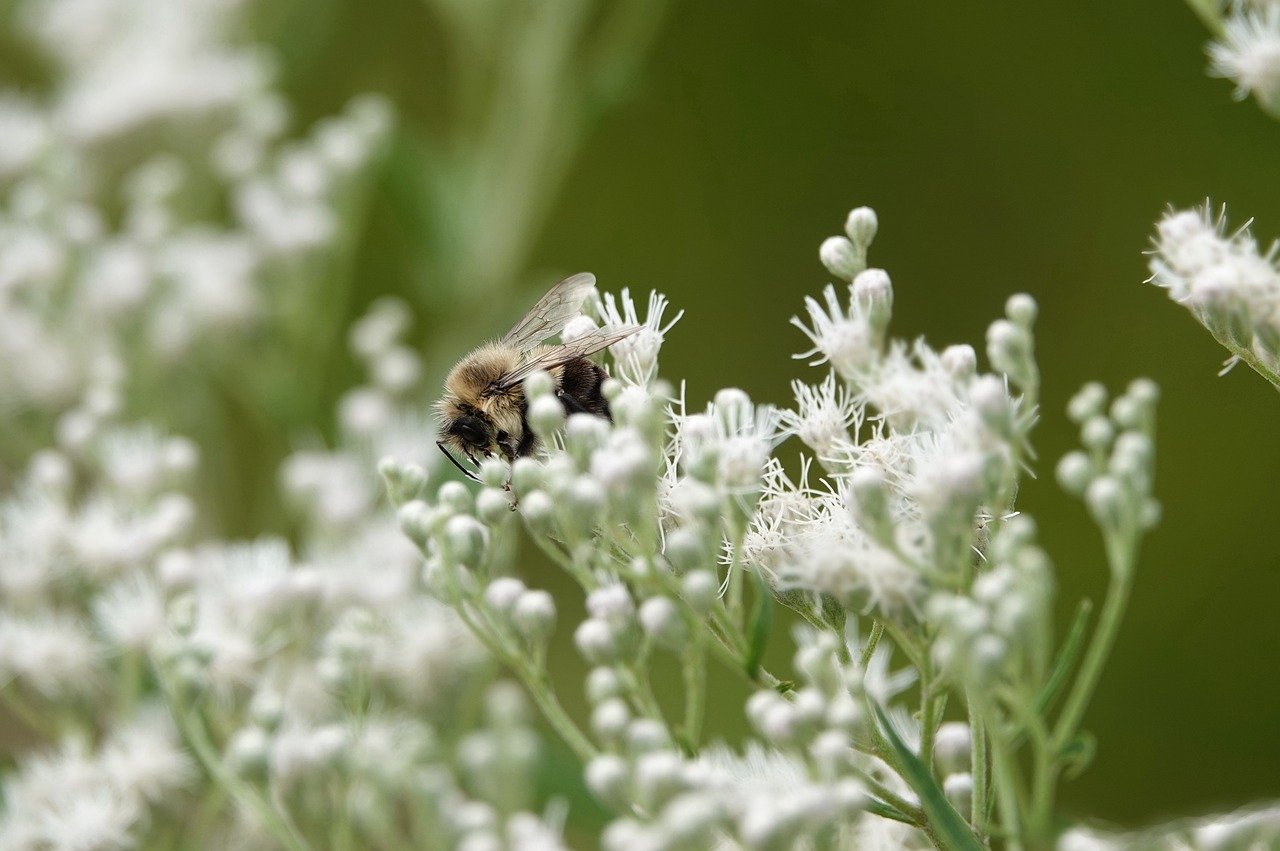
Challenges in Biomimetic Engineering
Biomimetic engineering, while groundbreaking and innovative, is not without its challenges. The journey to create robotic dragonflies that can replicate the incredible flight mechanics of their natural counterparts is fraught with obstacles. One of the primary challenges lies in achieving the delicate balance between functionality and durability. Engineers must ensure that these machines not only mimic the agility and precision of real dragonflies but also withstand the rigors of various environments.
For instance, the intricate wing structures that allow for such remarkable maneuverability must be crafted from materials that are both lightweight and robust. This leads to a constant tug-of-war between weight and strength. If the materials are too heavy, the dragonfly may struggle to take flight; if they are too fragile, the device risks breaking under stress. This is where ongoing research and innovation come into play, as scientists explore new materials and engineering techniques that can meet these demanding criteria.
Additionally, the complexity of natural flight patterns presents another hurdle. Dragonflies are capable of performing intricate aerial maneuvers, such as hovering, rapid acceleration, and even backward flight. Replicating these abilities in a robotic form requires advanced algorithms and control systems that can adapt in real time to changing conditions. The development of such systems is often a time-consuming and costly process, requiring extensive testing and refinement.
Moreover, the integration of sensors and other technological components adds layers of complexity to the design. Engineers must consider the placement of these devices to ensure optimal performance without compromising the overall aerodynamic profile of the robotic dragonfly. This is a multifaceted challenge that involves not just engineering expertise but also a deep understanding of aerodynamics and biomechanics.
Despite these challenges, the potential rewards are immense. The successful development of robotic dragonflies could lead to significant advancements in UAV technology, opening doors to applications previously thought impossible. As researchers continue to push the boundaries of what is achievable, we can expect to see exciting innovations that will shape the future of aerial robotics.
- What is biomimetic engineering? Biomimetic engineering is the design and production of materials, structures, and systems that are modeled on biological entities and processes.
- How do robotic dragonflies differ from traditional UAVs? Robotic dragonflies are designed to mimic the flight mechanics of real dragonflies, offering enhanced agility and maneuverability compared to traditional UAVs.
- What are the main applications of robotic dragonflies? They can be used in environmental monitoring, search and rescue operations, agriculture, surveillance, and disaster response.
- What are the challenges in creating robotic dragonflies? Key challenges include balancing functionality and durability, replicating complex flight patterns, and integrating advanced sensors and technologies.
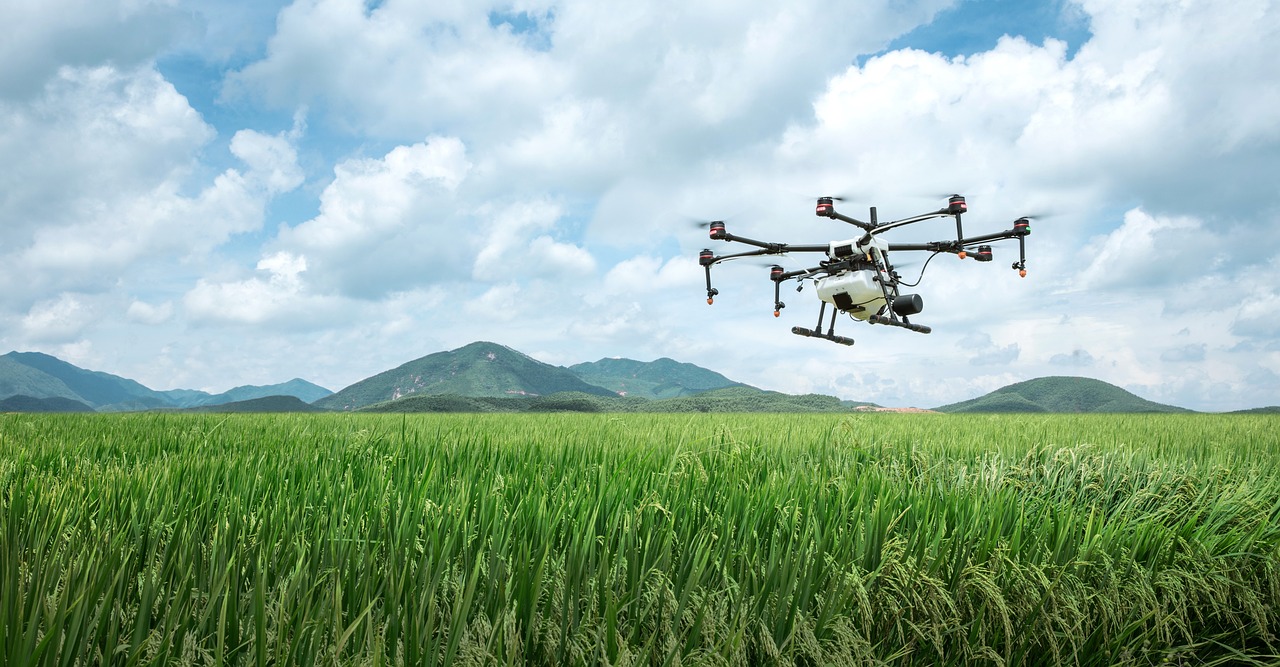
Applications of Robotic Dragonflies
Robotic dragonflies are not just fascinating technological advancements; they are also versatile tools with a wide range of applications that can significantly impact various sectors. Imagine a world where these miniature flying machines can monitor environmental changes, assist in search and rescue operations, or even enhance agricultural practices. The potential is enormous!
One of the most compelling applications of robotic dragonflies lies in environmental monitoring. Equipped with advanced sensors, these UAVs can collect data on air quality, temperature, and humidity, providing crucial information that helps scientists track climate change and assess ecosystem health. For example, they can be deployed in hard-to-reach areas, such as dense forests or remote wetlands, where traditional monitoring methods might fail.
In addition to environmental monitoring, robotic dragonflies are making waves in search and rescue operations. Their agility and ability to navigate through tight spaces make them ideal for locating missing persons in disaster-stricken areas. Imagine a scenario where a natural disaster has struck, and traditional rescue teams find it challenging to access certain locations. Robotic dragonflies can swiftly fly over debris and relay real-time video feeds back to rescue teams, guiding them to where help is needed most.
Furthermore, the agricultural sector is beginning to harness the power of robotic dragonflies. These UAVs can monitor crop health, assess irrigation needs, and even assist in pest control. With their ability to cover vast areas quickly, farmers can make more informed decisions, ultimately leading to increased yields and reduced waste. Imagine a robotic dragonfly flying over a field, analyzing the plants, and sending back detailed reports on which sections need more water or are affected by pests.
To give you a clearer picture of the various applications, here’s a brief overview:
- Environmental Monitoring: Data collection on air quality, temperature, and humidity.
- Search and Rescue: Real-time video feeds for locating missing persons in disaster areas.
- Agricultural Assistance: Monitoring crop health and assessing irrigation needs.
- Surveillance: Enhanced capabilities for security and monitoring purposes.
- Disaster Response: Rapid assessment of damage and coordination of relief efforts.
As we look to the future, the applications of robotic dragonflies will only continue to expand. Their unique design and capabilities make them suitable for a myriad of tasks that can improve our daily lives and help tackle some of the most pressing challenges we face today. The integration of these UAVs into various sectors could lead to innovative solutions that we have yet to fully realize.
Q1: How do robotic dragonflies differ from traditional drones?
A1: Robotic dragonflies are designed to mimic the flight mechanics of real dragonflies, allowing for greater agility and maneuverability compared to traditional drones. Their unique wing structure and lightweight design enable them to navigate complex environments more effectively.
Q2: What kind of sensors do robotic dragonflies use?
A2: Robotic dragonflies can be equipped with various sensors, including cameras, temperature and humidity sensors, and air quality monitors, allowing them to gather a wide range of data for different applications.
Q3: Are robotic dragonflies safe to use in populated areas?
A3: Yes, robotic dragonflies are designed with safety in mind. Their small size and advanced navigation systems allow them to operate safely in urban environments, minimizing risks to people and property.
Q4: Can robotic dragonflies be used for commercial purposes?
A4: Absolutely! Many industries, including agriculture, environmental science, and security, are exploring the use of robotic dragonflies for commercial applications, enhancing efficiency and effectiveness in various tasks.
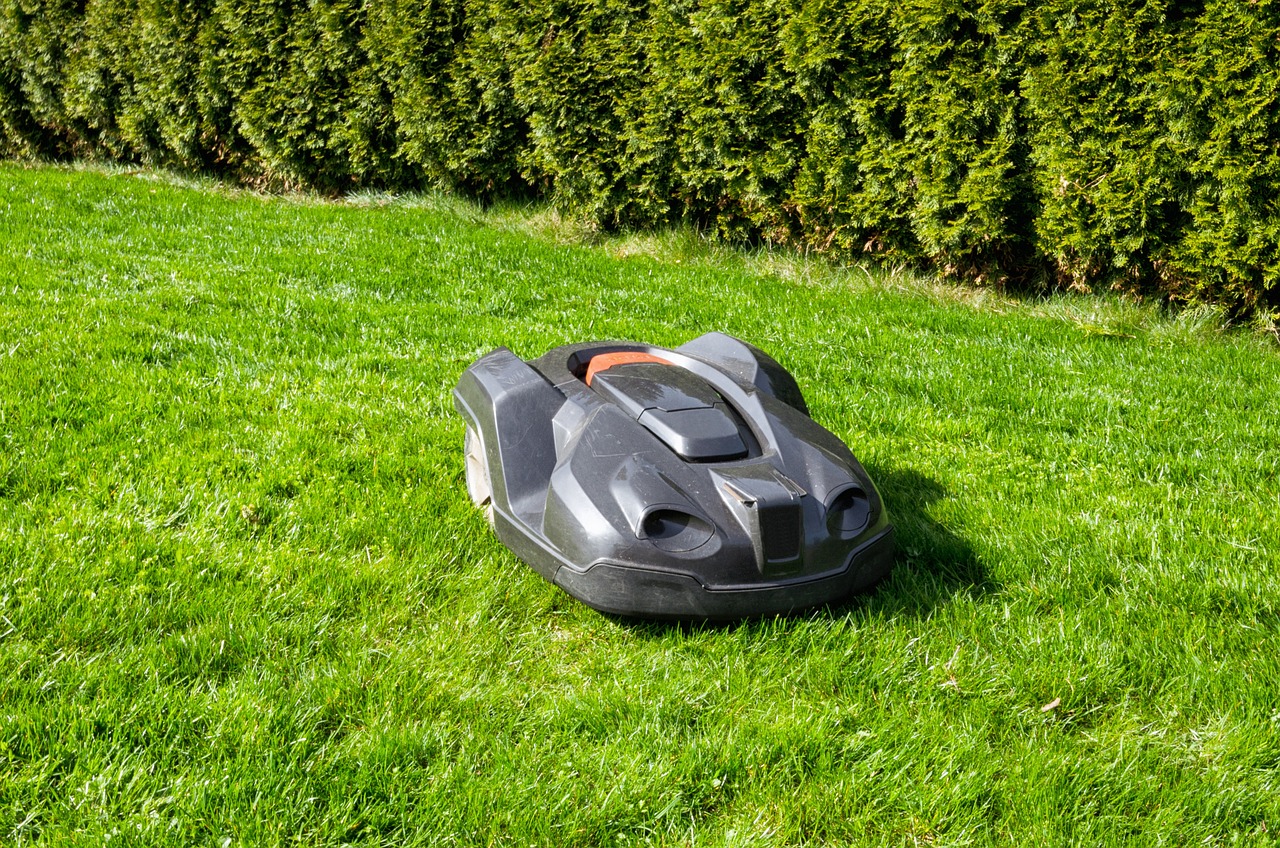
Future Trends in UAV Technology
The landscape of UAV technology is undergoing a dramatic transformation, with the robotic dragonfly leading the charge into a new era of aerial innovation. As we look ahead, several key trends are emerging that promise to redefine how we utilize UAVs across various sectors. One of the most exciting developments is the push towards enhanced autonomy. Imagine UAVs that can operate independently, making real-time decisions based on their surroundings. This leap in technology means that robotic dragonflies could navigate complex environments without human intervention, opening up a world of possibilities for applications in search and rescue, environmental monitoring, and even agriculture.
Another trend gaining momentum is the concept of swarm technology. Just as a flock of birds works together to navigate and find food, robotic dragonflies can be programmed to operate in coordinated groups. This swarm behavior allows multiple UAVs to perform complex tasks more efficiently than a single unit could. For instance, in disaster response scenarios, a swarm of robotic dragonflies could cover vast areas, gathering crucial data and identifying survivors in a fraction of the time it would take a traditional UAV.
Furthermore, the integration of artificial intelligence (AI) and machine learning into robotic dragonflies is set to revolutionize their capabilities. AI can enhance their decision-making processes, allowing them to avoid obstacles and adapt to changing environments in real time. This means that a robotic dragonfly equipped with AI could analyze its surroundings, make split-second decisions, and execute complex maneuvers, all while collecting valuable data for its operators. The potential for AI-driven UAVs is immense, paving the way for smarter, more responsive aerial vehicles.
As we explore these future trends, it's essential to recognize the importance of collaboration between industries and researchers. The evolution of UAV technology will require input from various fields, including robotics, engineering, and environmental science. By working together, we can ensure that the advancements in robotic dragonfly technology are not only innovative but also sustainable and beneficial for society as a whole.
- What are robotic dragonflies?
Robotic dragonflies are unmanned aerial vehicles designed to mimic the flight mechanics of real dragonflies, offering advanced maneuverability and stability. - How does AI enhance UAV technology?
AI allows UAVs to make real-time decisions, improving their ability to navigate complex environments and perform tasks autonomously. - What are the applications of robotic dragonflies?
They can be used in various fields, including environmental monitoring, agriculture, surveillance, and search and rescue operations. - What is swarm technology?
Swarm technology enables multiple UAVs to work together, coordinating their movements to perform complex tasks more efficiently.
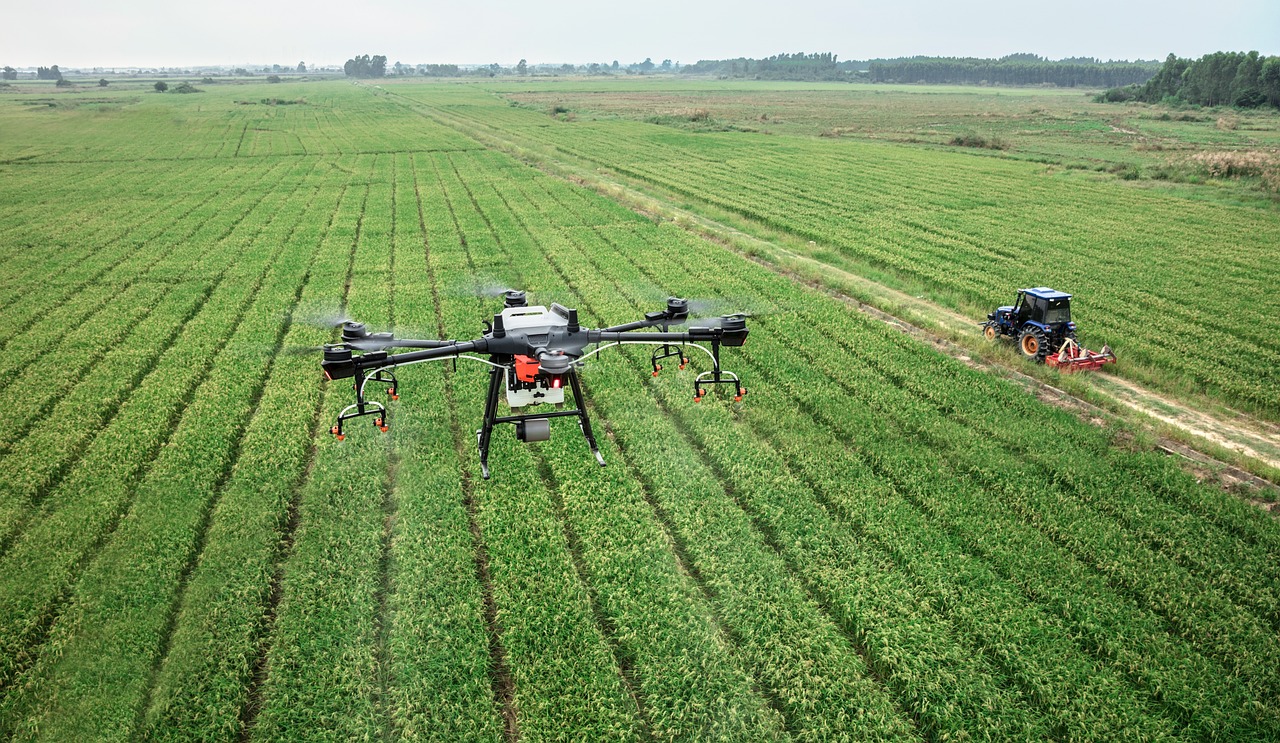
Integration with AI and Machine Learning
The integration of Artificial Intelligence (AI) and Machine Learning (ML) into robotic dragonflies is a game-changer in the realm of Unmanned Aerial Vehicles (UAVs). Imagine a drone that not only flies but also learns from its environment, adapting in real-time to changing conditions. This is the future we are heading towards, where robotic dragonflies can make decisions on the fly—quite literally! By leveraging AI and ML, these drones can analyze vast amounts of data, recognize patterns, and improve their operational efficiency.
One of the most exciting aspects of this integration is the potential for improved decision-making. For instance, in search and rescue operations, a robotic dragonfly equipped with AI can quickly analyze the terrain and identify the best routes to navigate through obstacles. This capability is akin to having a co-pilot that can process information faster than any human. Not only does this enhance the effectiveness of missions, but it also significantly reduces the time needed to complete them, which can be crucial in emergency situations.
Furthermore, the ability to avoid obstacles in real-time is another remarkable feature enabled by AI. Traditional UAVs often rely on pre-programmed flight paths, which can be limiting in unpredictable environments. However, with machine learning algorithms, robotic dragonflies can learn from their surroundings, adjusting their flight paths dynamically to avoid collisions. This level of adaptability is vital for operations in complex environments, such as densely populated urban areas or natural disaster zones.
To illustrate the impact of AI and ML on robotic dragonflies, consider the following table that summarizes key functionalities:
| Functionality | Traditional UAVs | Robotic Dragonflies with AI/ML |
|---|---|---|
| Decision-Making | Pre-programmed | Real-time adaptive |
| Obstacle Avoidance | Limited to sensors | Dynamic learning |
| Data Processing | Basic analysis | Advanced predictive analytics |
| Mission Efficiency | Fixed paths | Optimized routes |
The fusion of AI and ML does not stop at operational efficiency. It also opens doors to new applications that were previously unimaginable. For instance, in environmental monitoring, robotic dragonflies can autonomously analyze air quality, track wildlife, and gather data on climate change, all while adapting their flight patterns based on real-time environmental feedback.
In conclusion, the integration of AI and machine learning into robotic dragonflies is not just a technological upgrade; it is a revolution. As these drones become smarter and more capable, the possibilities for their application are endless. Whether it's enhancing search and rescue missions, conducting environmental assessments, or performing complex surveillance tasks, the future looks bright for robotic dragonflies in the UAV landscape.
- What are robotic dragonflies?
Robotic dragonflies are unmanned aerial vehicles that mimic the flight mechanics of real dragonflies, designed to enhance maneuverability and stability. - How does AI improve the functionality of robotic dragonflies?
AI enables robotic dragonflies to make real-time decisions, avoid obstacles, and process data more efficiently, enhancing their operational capabilities. - What are some applications of robotic dragonflies?
They can be used in various fields, including environmental monitoring, search and rescue, agriculture, and surveillance. - What challenges do robotic dragonflies face?
Challenges include balancing functionality with durability, as well as ongoing research in materials and design strategies.
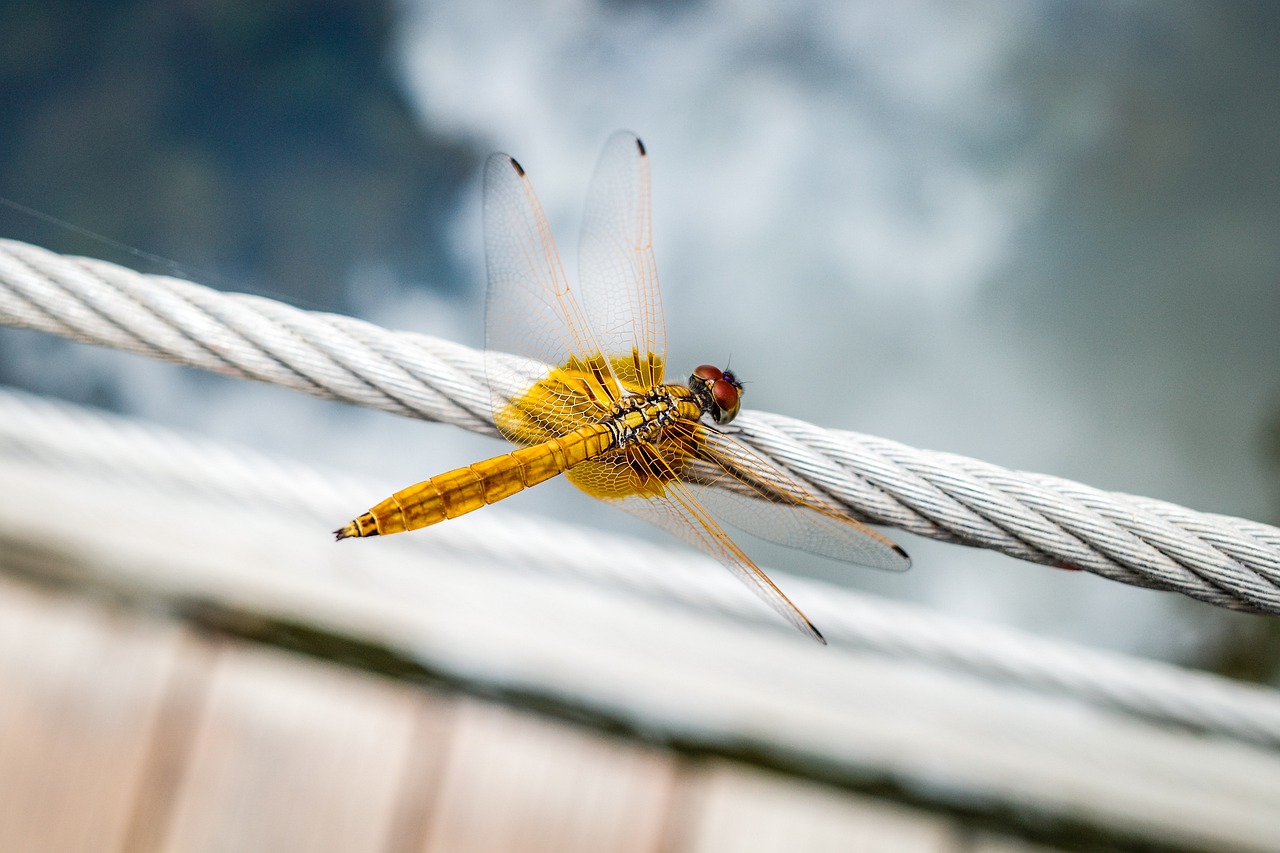
Potential for Swarm Robotics
The concept of swarm robotics is not just a fanciful idea plucked from science fiction; it's a burgeoning field that holds immense potential, particularly when applied to robotic dragonflies. Imagine a fleet of these nimble creatures, buzzing through the air in perfect harmony, much like a well-rehearsed dance troupe. Each robotic dragonfly can communicate with its peers, sharing information and coordinating movements to achieve complex tasks with remarkable efficiency. This mimicry of natural swarming behaviors, seen in insects like bees and ants, can revolutionize various industries and applications.
One of the most exciting aspects of swarm robotics is its ability to enhance operational capabilities in challenging environments. For instance, consider a search and rescue operation in a disaster-stricken area. A single UAV might struggle to cover the vast terrain effectively, but a swarm of robotic dragonflies can spread out, covering more ground and providing real-time data to rescue teams. Their small size allows them to navigate through tight spaces and debris, offering a level of flexibility that larger drones simply can't match.
Furthermore, the potential for swarm robotics extends beyond just search and rescue. In agriculture, these robotic dragonflies can work together to monitor crop health, assess irrigation needs, and even pollinate plants. Picture a field where dozens of dragonflies hover above, collecting data and performing tasks simultaneously, leading to optimized yields and reduced labor costs. This collaborative approach not only enhances productivity but also minimizes the environmental impact by ensuring that resources are used more efficiently.
However, the implementation of swarm robotics isn't without its challenges. Engineers face the daunting task of developing algorithms that allow these robotic dragonflies to communicate effectively and make real-time decisions. It's akin to teaching a group of dancers to stay in sync while improvising their moves. The balance between autonomy and collaboration is crucial; if one dragonfly goes rogue, it could disrupt the entire operation. Thus, ongoing research is vital to refine these technologies and ensure that they can function seamlessly in various scenarios.
As we look to the future, the integration of artificial intelligence and machine learning will play a pivotal role in advancing swarm robotics. By equipping robotic dragonflies with AI capabilities, we can enhance their ability to learn from their environment and adapt their strategies accordingly. This means that over time, these UAVs could become even more efficient at completing their missions, learning from past experiences and improving their performance.
In conclusion, the potential for swarm robotics within the realm of robotic dragonflies is vast and exciting. As we continue to explore and develop this technology, we can expect to see innovative applications emerge that will not only enhance operational efficiency but also transform industries. The future of UAV technology is bright, and with the power of swarm intelligence, robotic dragonflies are poised to lead the way.
- What are robotic dragonflies?
Robotic dragonflies are unmanned aerial vehicles designed to mimic the flight mechanics of real dragonflies, offering advanced maneuverability and stability. - How do swarm robotics work?
Swarm robotics involves multiple robots working collaboratively, sharing information and coordinating their movements to perform complex tasks more efficiently than a single robot could. - What industries can benefit from robotic dragonflies?
Industries such as agriculture, environmental monitoring, search and rescue, and surveillance can greatly benefit from the applications of robotic dragonflies. - What challenges do engineers face in developing swarm robotics?
Engineers must develop effective communication algorithms and ensure that the robotic units can operate autonomously while maintaining coordination to avoid disruptions.
Frequently Asked Questions
- What is a robotic dragonfly?
A robotic dragonfly is an advanced Unmanned Aerial Vehicle (UAV) that mimics the flight mechanics of real dragonflies. Its innovative design allows for enhanced maneuverability and stability, making it a significant player in the evolution of aerial technology.
- How do robotic dragonflies improve UAV technology?
Robotic dragonflies utilize biomimicry principles, studying the flight patterns of natural dragonflies to create more efficient and adaptable UAVs. This leads to improved agility, energy efficiency, and navigation capabilities, setting new standards in aerial robotics.
- What are the main applications of robotic dragonflies?
Robotic dragonflies have a wide range of applications, including environmental monitoring, search and rescue operations, agriculture, surveillance, and disaster response. Their versatility makes them valuable tools across various sectors.
- What challenges do engineers face in developing robotic dragonflies?
Engineers encounter challenges in biomimetic engineering, particularly in balancing functionality and durability. Ongoing research and innovation in materials and design strategies are essential to overcome these obstacles and enhance performance.
- How is artificial intelligence integrated into robotic dragonflies?
Integrating AI and machine learning into robotic dragonflies enhances their decision-making capabilities, obstacle avoidance, and real-time data processing. This integration significantly expands the potential applications of UAVs in various fields.
- What is swarm robotics and how does it relate to robotic dragonflies?
Swarm robotics involves coordinated group movements inspired by natural behaviors. For robotic dragonflies, this means multiple UAVs can work collaboratively to perform complex tasks more efficiently, revolutionizing mission capabilities.

